Earth
3rd Planet from Sol
Formed approximately 4.54 billion years ago, Earth has a long and rocky history where life has flourished and died, only to be reignited through evolutionary changes to the species that call the planet home. Currently, homo sapiens, or humans, are the reigning species and have made vast technological advances that helped create the world as we know it today.
Geography
Earth is home to a variety of geographical features ranging from mountains to vast plains and deserts, all of which can be found on almost every landmass. From orbit, it can be seen that the planet is primarily blue as 70.8% of its surface is covered in water. 2.5% of this water is fresh water that can be found in the many lakes and rivers across the planet, as well as the ice caps and glaciers present at its poles.
The land itself has been divided through tectonics, erosion, volcanic eruptions, and other natural phenomenon into large continents and groups of islands in some places. Due to rotation on its one axis, Earth’s poles are flat and it bulges around its equator. This, along with its positioning and proximity to the sun causes the equator to be the warmest part of the planet, with the poles being the coldest.
Fauna & Flora
Currently there are over 1.5 million known living animal species, approximately 1 million of which are insects, and 359,297 known plant species. There are still more species being discovered as we probe into areas that have had little exploration such as deep in the jungles of the Amazon or in the deepest depths of Earth’s oceans.
As of now, the most predominant life on the planet is homo sapiens. Armed with the ability to reason and problem solve combined with the appendages to be able to complete many delicate tasks, humans have quickly risen as a technological civilization and taken command of the world around them. As a species, they have some of the most complex societies and communication systems of any other animal on Earth. The current population on Earth is 9.3 billion humans. This number does not account for the human population throughout the galaxy which numbers in the hundreds of billions.
Natural Resources
Earth is ripe with natural resources. Some of the most coveted were fossil fuels such as coal, petroleum, and natural gas, but these have become extremely scarce due to over-consumption during the 20th and 21st centuries. In the early 22nd century, humans began to convert fully to renewable energy through the use of other resources such as wind, solar, hydro, geothermal, and nuclear fusion. After this conversion, it became illegal worldwide to use any non-renewable resources so that Earth may be allowed to regenerate.
Other resources include various metals and mineral ores that can be used in the production of technology and other products consumed by the human race. Approximately 30% of the world is covered in trees. These can be used for wood, fuel, and most importantly, oxygen, which is needed for the majority of life on earth to survive. Fresh water is another essential resource as most land-based organisms cannot survive on the salt water that makes up 97.5% of the planet's water content. Soil is utilized by the human race for farming. Nearly 40% of the surface of the Earth is used for agriculture. This is anything from crop farming to pastures for domestic livestock.
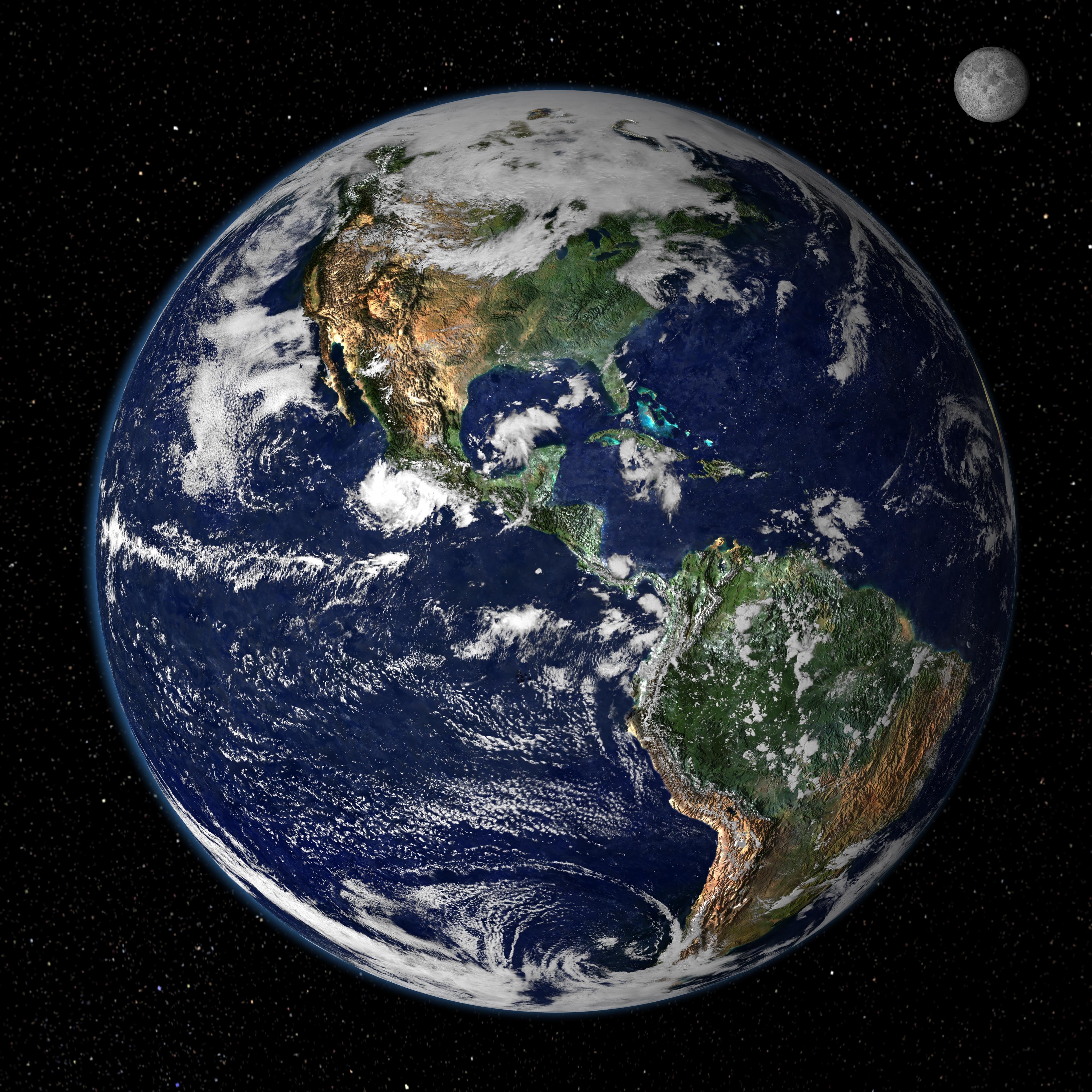
by NASA
Remove these ads. Join the Worldbuilders Guild

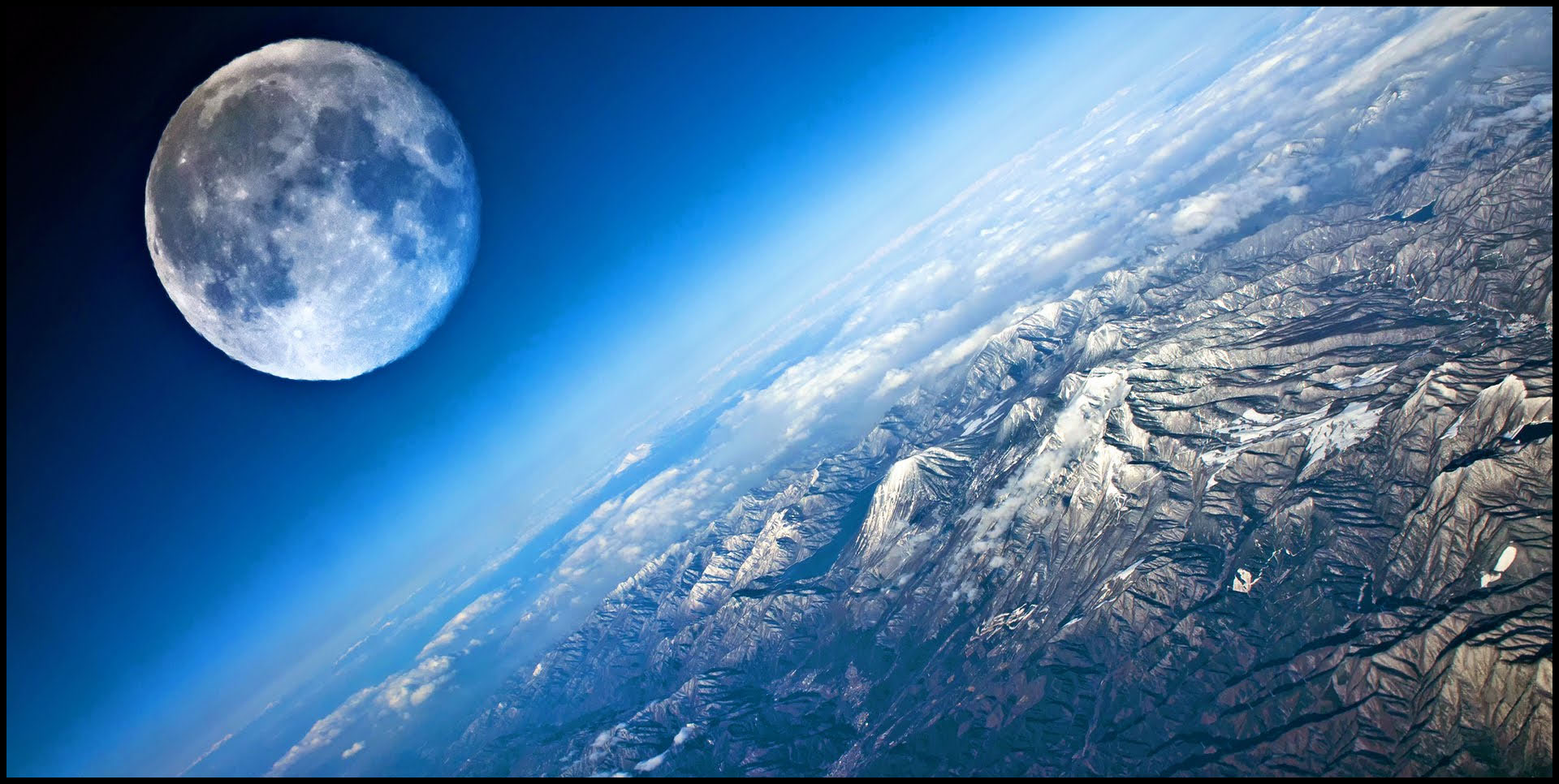
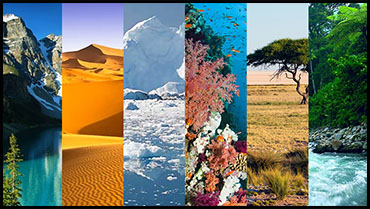
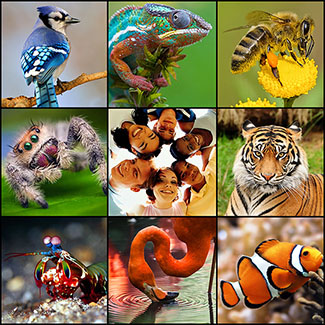
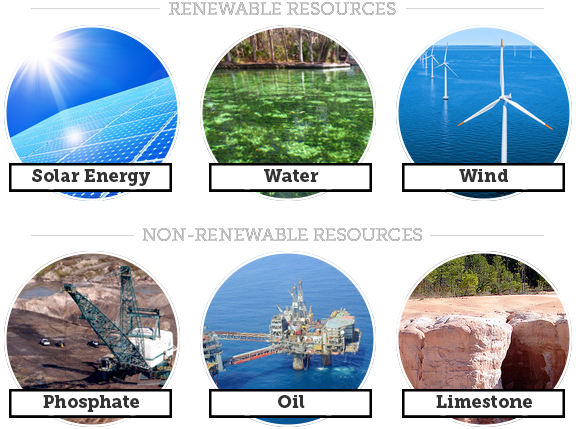








Lemme ask, what's using up limestone in such great quantities that it's expended from a planet faster than like an ocean?
Limestone is actually used in a lot of things! It's primary use is to make glass, cement, and mortar. Building materials alone uses up tons of it. However, it's also added to asphalt for roads, toothpaste, paper, plastics, paint, tiles, etc. It's used to help filter air and suppress methane explosions in coal mines. It's added to bread and cereal as a form of calcium. Also medicine and cosmetics. Not to mention good ol' arts and crafts when sculpting and other things. Limestone is a huge resource! :)